


Using word embeddings and word vector model for numerical representation of text, in this case the keywords tagged on an image by the uploader. The numerical representation of the image tags can be then used to search images or classify them using various machine learning algorithms like clustering, regression analysis, etc.
It could also be used to find the distance between any two words in the model in other words word similarity and contextual relationships. Using this approach, the keyword relevancy, i.e. the score of how relevant a keyword is, to its tagged image, can be calculated and ranked when performing a search.
Using Deep Learning networks like Convolutional neural networks (CNN) and Recurrent Neural Networks (RNN), the model is trained to identify or estimate individual objects in an image, and produce captions describing the image. This can be used to tag and classify images systematically avoiding manual errors caused by typos in tags or other user errors. Additionally, the system can also recommend possible relevant tags that can be added, which enhances the visibility of the image in the search. This can also be used to ensure consistency across user-generated content from different creators.
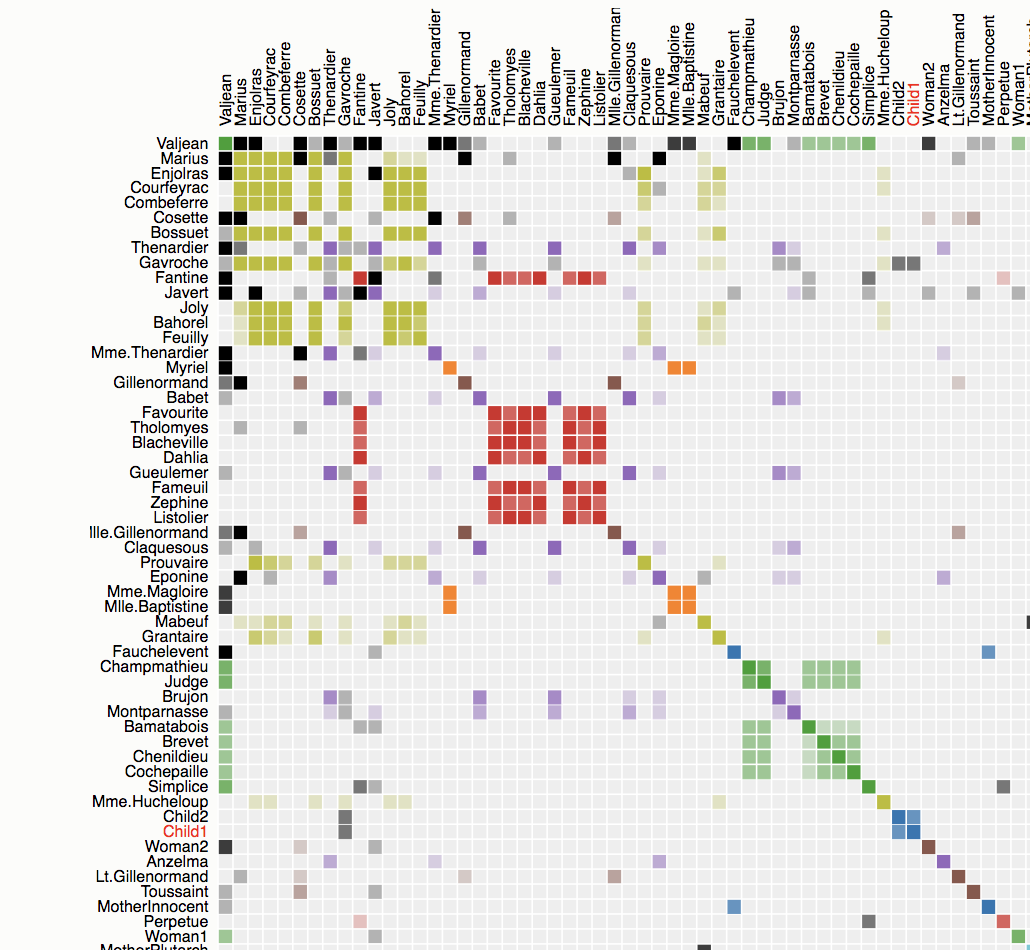
Powerful image classifier models, which can be used out of the box, to search images based on similarity, recommend images to buy based on ‘learned’ user preferences. Additionally, this can also be used to flag images with inappropriate content instantly and send for manual review of the moderators.
Customer insights: Locate your client’s best customers and discover the most compelling way to engage those individuals based on their unique behaviors and lifestyle. Irisind CI’s advanced analytics and data visualization platform delivers detailed customer intelligence designed to help you engage your client’s prospects and customers through multivariate customer profiling.
Customer Insights capabilities indicate which audience segments are most likely to perform a specific action or conversion. Features such as geographic consumer location, previous brand interactions, consumer demographics, purchase intent behaviour are used as data points.
Advertising Intelligence is the sourcing of competitive advertising and media activity in order to achieve a better understanding of your advertising market and how competitors are communicating. Irisind AI includes tools that help to track media and marketing campaigns, analyse the data and deliver insight to help plan forthcoming campaigns and communications effectively.
It also helps you to monitor sequence, frequency, and media types that resonate the most with individual customer segments, and estimate important trackers such as optimal ad frequency, etc.

Irisind AI’s Advanced Analytics platform shows you precisely how many impressions need to be served across tactics, such as retargeting or prospecting, to maximize efficiency and total conversions. These analytics help to gain a newfound understanding of how each marketing channel is performing.
Gain the confidence to cut out channels not driving sales and provide strategic guidance to clients. Define investment levels necessary for achieving specific sales outcomes, avoiding guesswork and uncertainty.
In order for a client to improve, they need to know how they are performing right now. Irisind Market Watch helps marketing professionals understand how media channels are performing within an existing media plan. Understand which messages, promotions and regions drive new sales and which help customer retention. Irisind Market Watch delivers clarity around which channels, regions and messages are driving sales, incremental sales and brand awareness, but also reveals which channels are at capacity, under capacity, or oversaturated. Irisind AI is able to reveal the right level of investment by channel and message to maximize future sales. Use the Irisind Market Watch solution to test multiple investment possibilities and compare them with sales outcomes to identify the combination of media investments that will drive maximum lift for your client. Use a scientific approach to testing budget combinations to reveal the causal effect of each media channel on sales.
Irisind Reach, identity & data management platform helps your team easily identify, understand and engage with your client’s target audience. Help your clients reach specific individuals with greater confidence and consistency. Irisind Reach layers information about the consumer’s behaviors and interests to build a 360-degree view. Irisind Reach technology combines first-party data with third-party data sources to build out a more accurate understanding of customers and prospects. Irisind Reach can map even the most complex omni-channel, multi-touch consumer journeys to arrive at true attribution.
Build and understand high-value customer segments by integrating the following types of data: Online and offline data, Media data, CRM data, First- and third-party data, Web data, Private second-party data.
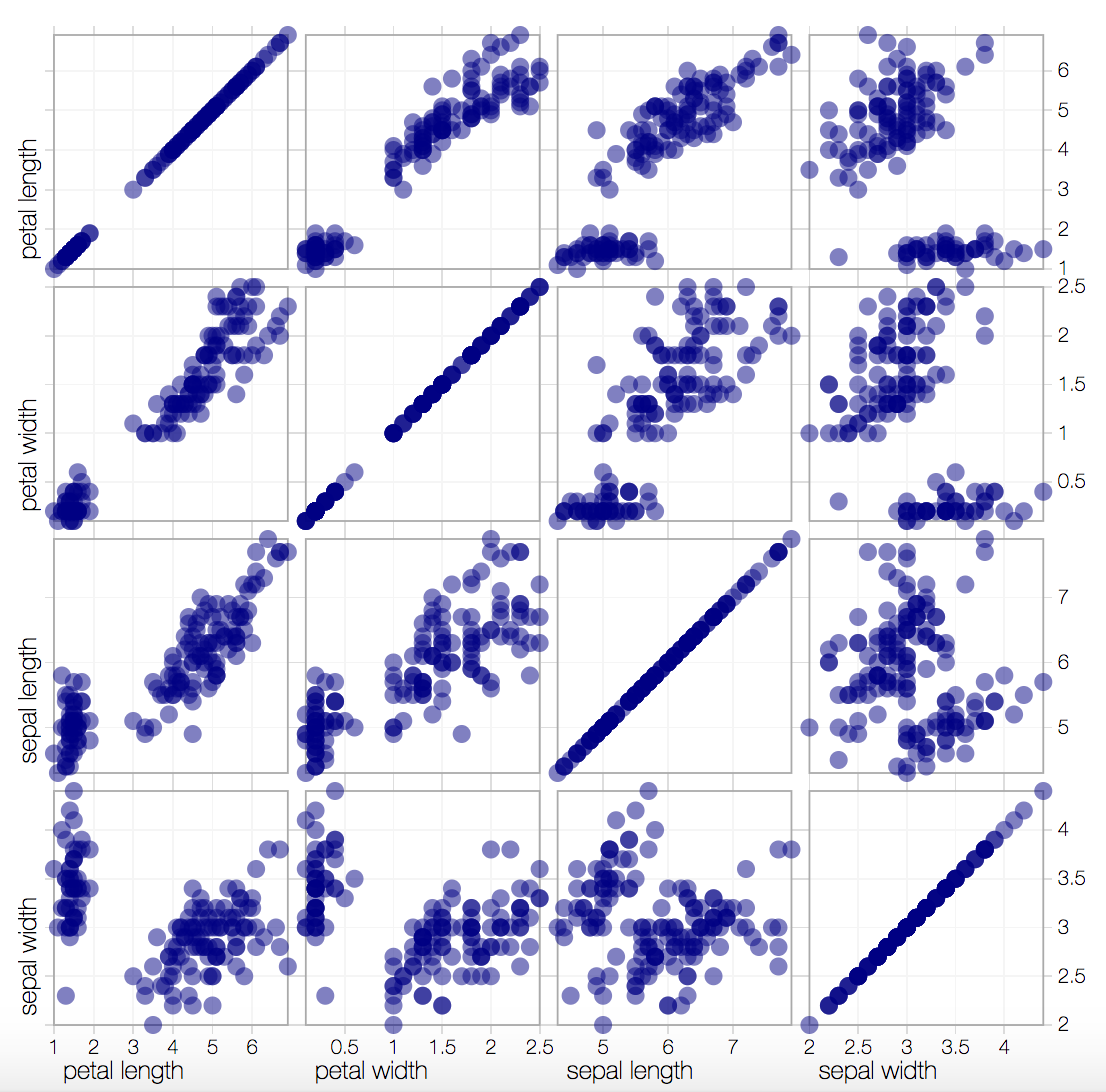
Understand how different devices influence a customer’s path to purchase.
Understand the demography of your customer base
Gain unobstructed visibility into your clients’ markets, audiences and media performance.
How many times did the consumer interact with the brand before making a purchase?
Where did a specific consumer begin her interaction with the brand?
Which devices played a role in her decision to purchase and in what sequential order?
Platform that provides users with an analytics experience that is easy, precise, and fast. With Irisind’s Graph Search, we’ve made the experience so easy that you only need to ask a question for the system to generate an answer, rather than wait for an expert to build you a report or dashboard. With a natural language search experience, our search engine understands a user’s question, transform it into a query, and calculate answers in real time as you type. It determines relevant relationships from graph and perform aggregations, filtering, and other operations as the query is executed, so no cubes, summary tables, or predefined drill paths are needed.
Built into our graph Search engine is irank, a machine-learning algorithm, that ranks search suggestions as you type. It gets smarter with use as it understands the characteristics of your data, learns your profile, you and your team’s usage patterns, and applies granular security rules to help guide you to the right answer with personalized search suggestions. With Graph Search, it is effortless for non-technical business people to gain valuable insights from corporate data in seconds.

Use AI models that focuses on talent acquisition, internal workforce optimization and talent analytics.
Collect data on thousands of data points of various different machines. And it then leverages these data points to convert it into actionable strategies like pre-scheduling repairs for machines, order spare parts, etc.
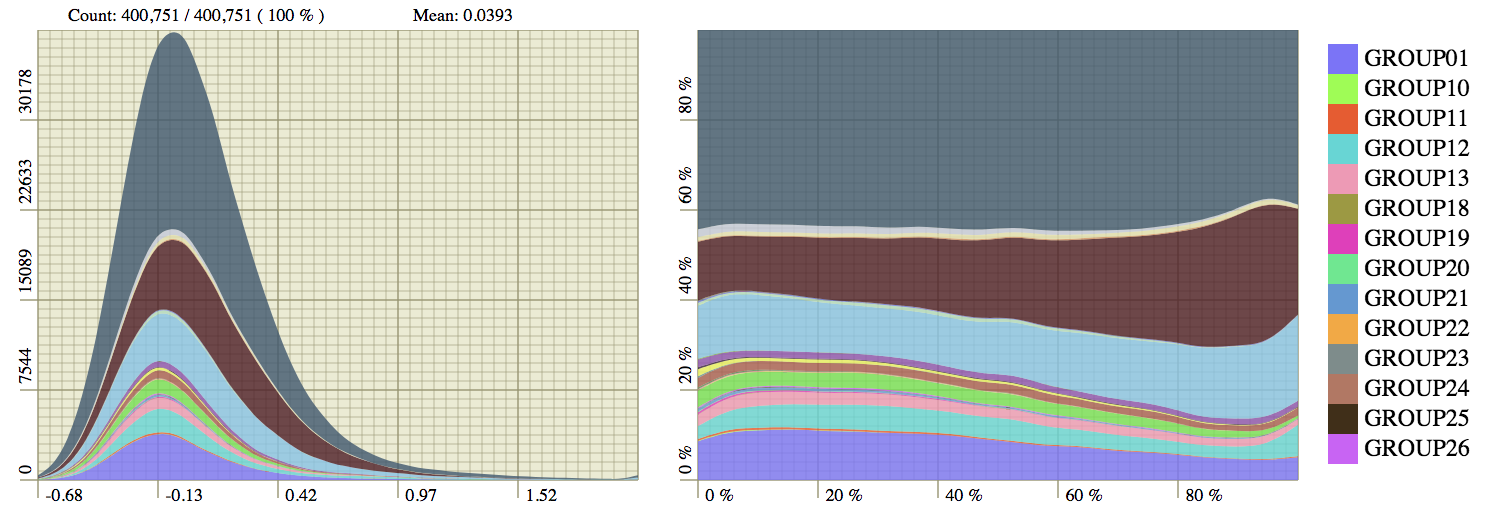
There was a way to keep track of all these news, people emotions, trending sentiments, etc all in a single place that can optimize your trading strategy;provides visuals and heat maps of sentiments and market data to help traders find the right trading opportunities.
Diagnosis of diseases using Image processing and Classification with AI and Machine Learning at its core. Aim to build affordable medical diagnosis solutions using a microscope, a cell phone app and cloud-based engine for analysis and reporting.
Help agents respond to common customer service queries quicker by first automatically sorting and labelling the metadata and then generating three potential responses, each with a level of certainty attached. Organisations can then set a threshold for automation, so responses the system views as 90 percent accurate could be automatically sent out - like a chatbot - and anything below is sent to the agent to review, for example. The startup claims it can reduce the average handling time for cases by 20 percent. This is especially important as organisations receive queries from more and more digital channels, including social media.
The platform has two main functions: recommendations and predictions. For recommendations the open source platform captures and logs user actions via an API delivers recommendations based on your models. For predictions, it can predict what products a customer is likely to buy so that sales teams can build supervised, learning-based predictive models and pipelines.
Use deep neural networks in its AI bots that can process and respond to customer queries in natural language. The re:infer platform also pulls all forms of user feedback - email, surveys, social media - into one place and applies AI to make sense of the data. Also looking into ways to allow customers to use these chatbots to do their shopping.
Integrate with major email service providers and will optimises subject lines and copy to increase open rates.
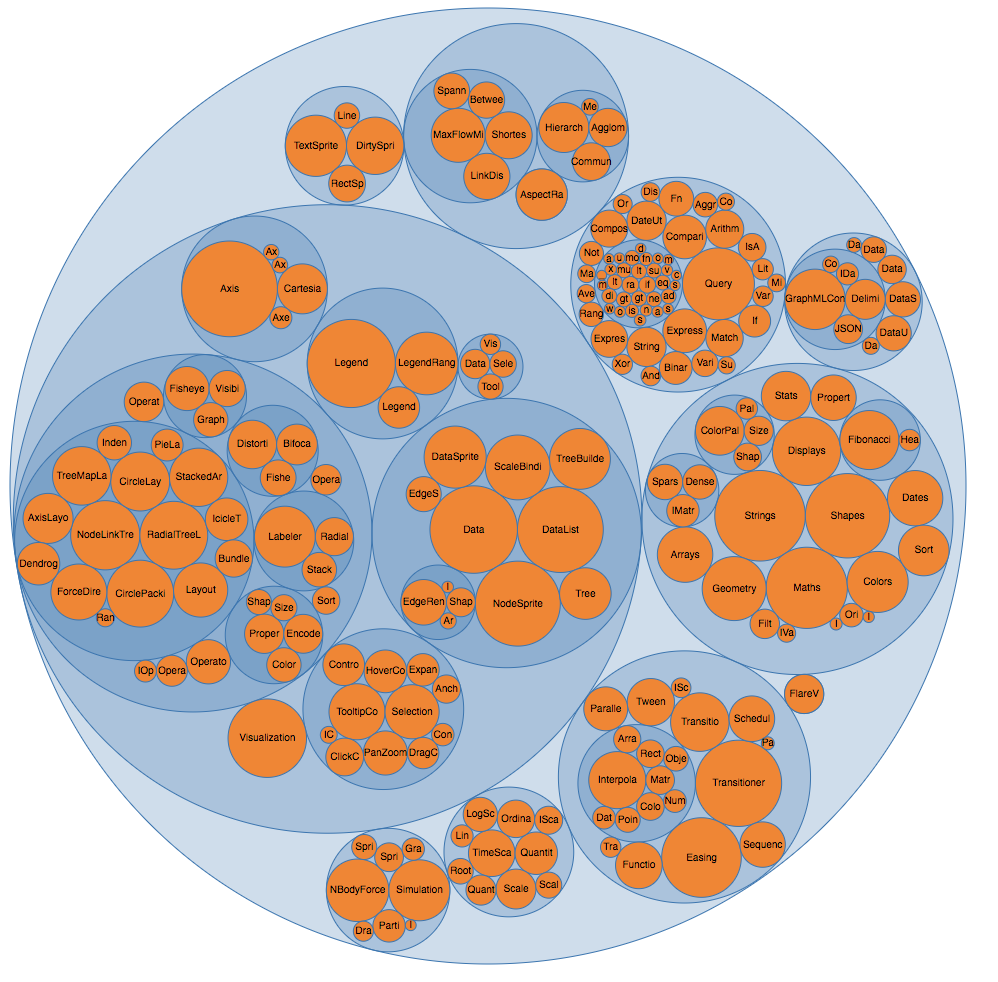
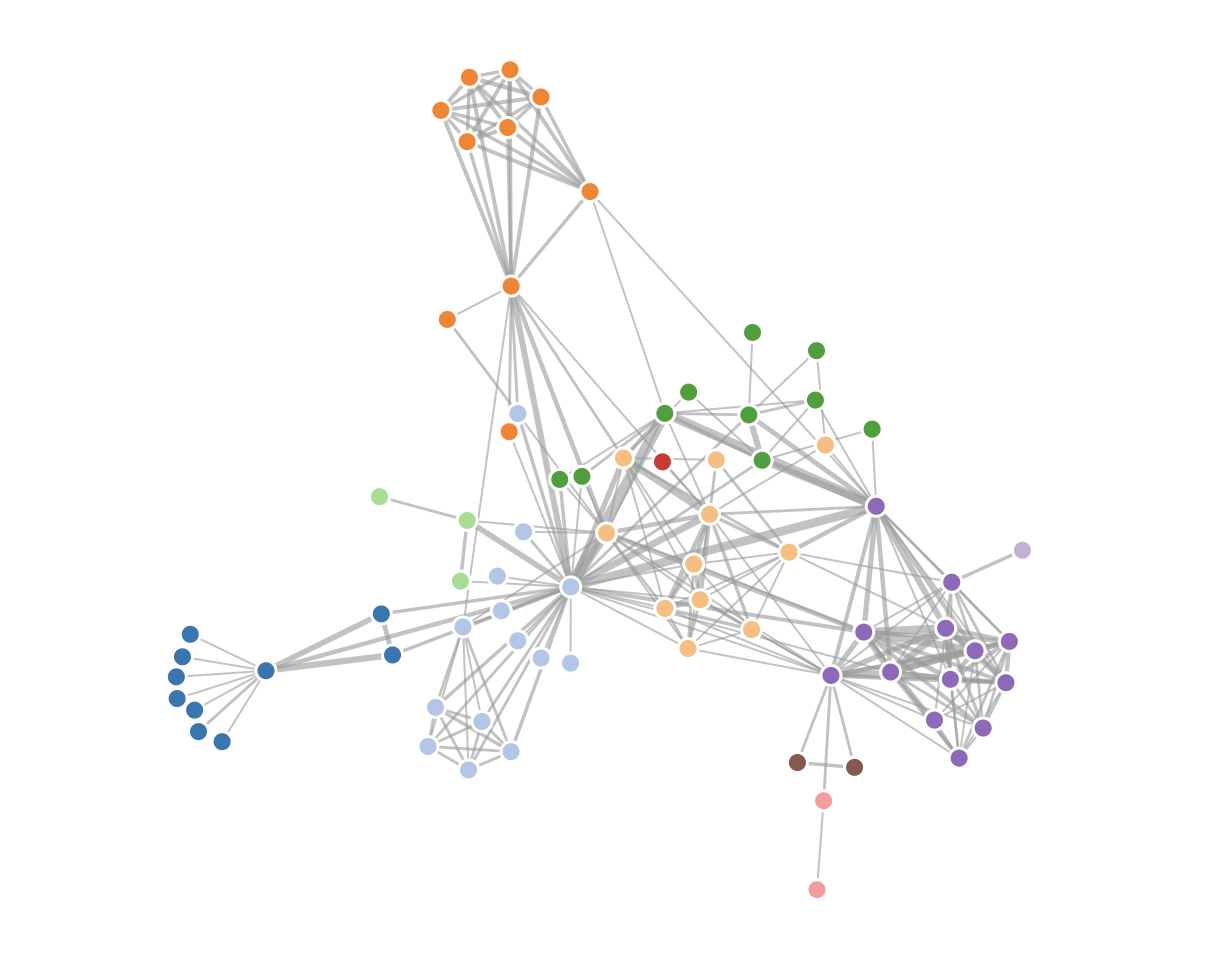
A predictive tool which optimises content for social media, which the startup claims to double referrals from Facebook and Twitter, without having to do your own analytics, A/B testing or content curation; analyses them in real time to determine optimum post performance.
Using natural language processing, scan content, identify relationships among the information sources, and pick out the most relevant information, all leading to a comprehensive summary of the original piece of information.
Payment, Its machine-learning algorithms are integrated with customer data to give a contextual basis for detecting potentially fraudulent transactions.
collects the metadata created whenever someone within an organisation takes an action on their computer. It then applies machine learning to spot user behaviour patterns. This could help flag anomalies, which could mean an internal breach has occurred, as well as tracking employee productivity and communications.